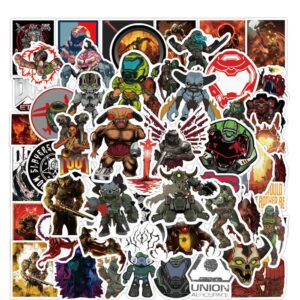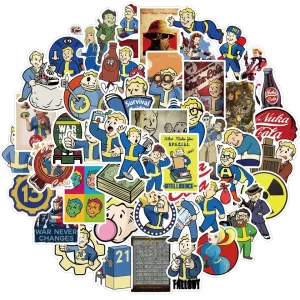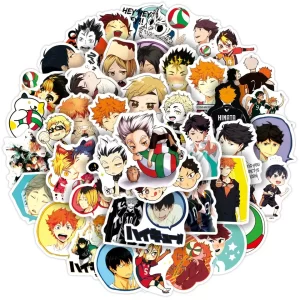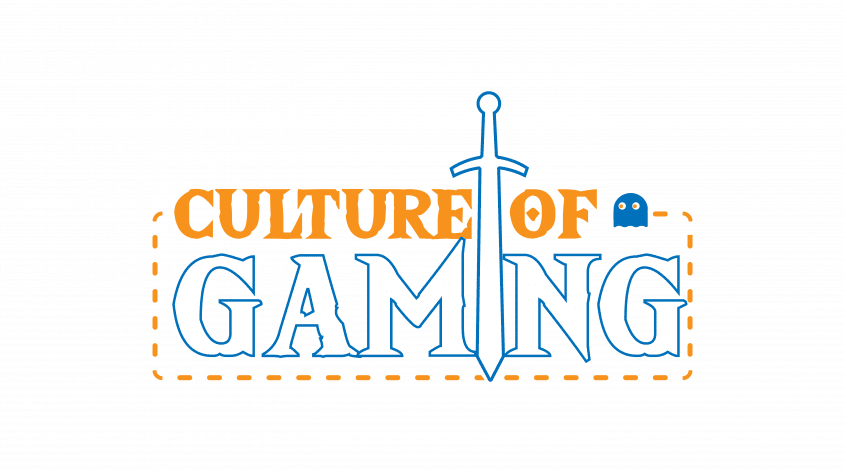
A Brief History of Masahiro Sakurai
You probably know that there are a lot of highly talented and influential people that work at Nintendo. Like, a lot. There’s Shigeru Miyamoto, creator of the Super Mario and Zelda series, who’s known for his fantastic directing abilities and creative vision. There’s Eiji Aonuma, long-time Zelda director who’s been around since the days of Ocarina of Time. And there’s Gunpei Yokoi, creator of the Metroid series, the Gameboy, and the revolutionary directional pad. But what you may not know is that one of the directors that has the done the most for Nintendo’s brand never actually worked at the company itself…
Masahiro Sakurai, born in 1970, is one of the most interesting and prolific video game developers in history. From Kirby to Smash Brothers, this man did a lot to spread the company’s name. So, to celebrate the recent announcement of Super Smash Bros Ultimate for the Nintendo Switch, let’s take a brief look at the life and career of Masahiro Sakurai.
It all begins with HAL…
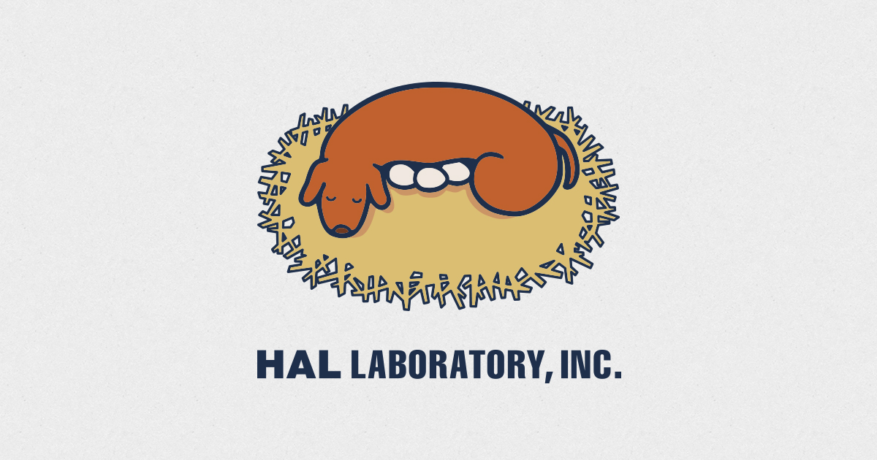
As it turned out, he really wanted to make video games, and immediately set off to pursue his passion at 19 years old. In 1989, Sakurai applied for a position at HAL Laboratories, jumpstarting his career into action.
A Puffball, and A Mentor
Within his first year at HAL, Sakurai envisioned and designed the character of Kirby, and was immediately assigned to direct a game for the pink puffball he had created. Kirby’s Adventure, released on the Gameboy in 1992, went on to sell more than 5 million units and spawn two more Sakurai-directed sequels: Kirby’s Adventure and Kirby Super Star. Critics praised all three of these games because of Kirby’s simple controls, unique platforming mechanics, and ability to absorb enemies to gain their powers. Kirby himself would go on to be one of Nintendo’s most recognizable mascots.
Directing these three games was quite the start for young Sakurai. But Kirby wasn’t the only influential figure from HAL that changed Sakurai’s life…
The late Satoru Iwata rose to astronomical heights when he was promoted to president of Nintendo in 2002. However, before his leading position at the video game industry’s most influential publisher, Iwata had his humble beginnings at HAL. During his time as president there, he played a significant supportive role in Sakurai’s career. The two would become very close friends, even years after Sakurai left HAL.
An Ambitious Idea
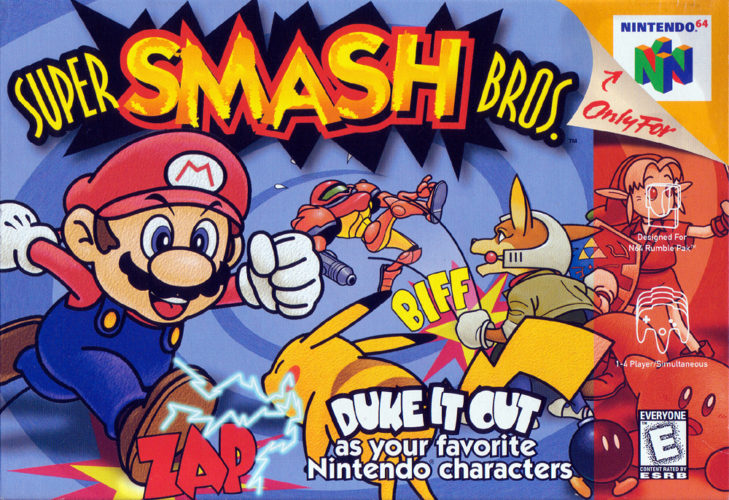
In the mid-nineties, fighting games had revitalized arcade cabinets in a time when arcades were all but dead. Street Fighter 2, Mortal Kombat, and Virtua Fighter were incredibly popular in arcades across the nation. So when Sakurai proposed that he stray away from his usual job, directing Kirby games, and instead create a side-scrolling fighter like none other, Iwata was intrigued.
Sakurai’s idea was to create a fighting game where gameplay would change dynamically throughout the match – instead of each character fighting to slowly degrade the opponent’s health, the goal would be to raise the opponent’s “percentage”, a unit that would dictate how much each fighter weighed. The more a competitor was hit, the lighter they would become, making it progressively easier to be launched further and further, until one character hit the other to the “blast zone,” or the edge of the screen. After one of the fighters lost a predetermined number of lives to the other, the match would be over. And with that concept, the first inklings of a massive project were
To Create a Legend
Iwata immediately set to work on Sakurai’s ambitious idea. He would later say in an “Iwata Asks” interview:
“My decision to pursue the project in this way rested on one point and one point alone… [Sakurai is] capable of taking a project with nothing and visualizing a completed game almost perfectly in [his] head.”
With Sakurai on character design and Iwata on coding, they created an early beta of the game Sakurai envisioned, called Ryouh: The Fighting Game. It featured a group of “Pepsimen”, as Iwata initially called the fighters, duking it out in the percentage-based combat described earlier. HAL initially planned the game to be its own IP, however, the dynamic duo had another idea.
They created another prototype of Ryouh, this time with character models for Mario, Samus, Fox, and Donkey Kong, instead of the generic Pepsimen. The higher-ups at Nintendo loved the new prototype, so Sakurai, Iwata, and the rest of the team at HAL immediately set to work on what would come to be the most ambitious cross-over in video game history: Super Smash Brothers.
Super Smash Bros for the Nintendo 64 released in Japan on Jan. 21, 1999, and came to the USA just a couple months later in April. It would go onto sell 5.5 million units, making it the 5th best-selling game on the console. But even though Smash 64 sold very well, it was peanuts compared to what was next.
Smashing Success
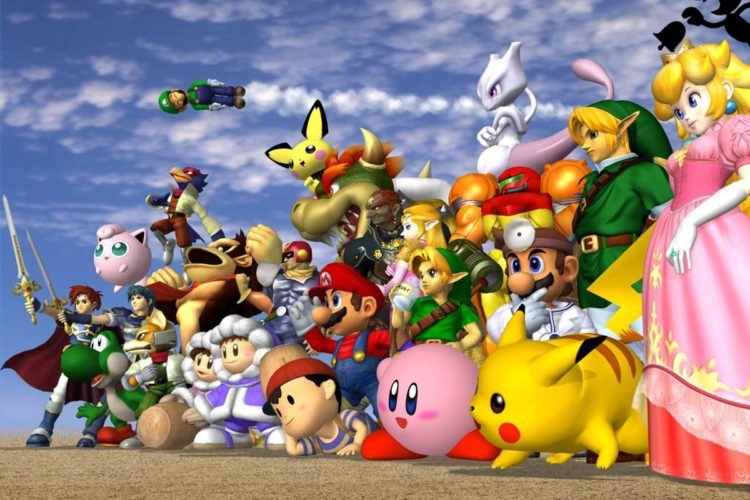
Sakurai immediately set his eyes on the next project. He didn’t feel quite satisfied with Smash 64, saying that if that game was the appetizer, then whatever came next would be the main course. He and his team at HAL worked endlessly to perfect the new Smash they were aiming to put on the Gamecube, Nintendo’s next big console.
“During parts of it, I was living a really destructive lifestyle — I’d work for over 40 hours in a row, then go back home to sleep for four.”
But finally, in 2001, a mere two years after the release of the first game, Super Smash Bros Melee was graced upon the world, and to call it a success would be a massive understatement.
Melee more than doubled the previous game’s selection from 12 characters to 26. It took the concepts established by the first game and fleshed them out, making them faster, deeper, and more comprehensive. Melee added air-dodging, side-stepping, and a number of other mechanics that added to the complexity of combat. Most importantly, the game was fast – really fast. A single two-stock match could be done in a matter of a minute, making not only playing, but spectating the game a thrilling ride.
An eSports Mainstay
Melee’s complexity and incredible speed spawned one of the most devoted and long-standing communities in eSports. To this day, Melee is one of the most-watched events at the annual EVO fighting tournament, gathering more than 130,000 concurrent viewers at the 2018 EVO alone. Considering that the game is 17 years old, that number is incredible. Because of its seemingly everlasting fan base, and the impact it’s had on the eSports community, Melee is often listed as one of the greatest games ever made, making it to spot number 77 on IGN’s top 100 list, and spot 50 on GameInformer’s top 300. Sakurai and HAL truly did create a masterpiece with Melee, which has affected the video game industry in the many years since its release.
Branching Out
A few years after the success of Melee, Sakurai quit HAL Laboratories for the simple reason that “I felt there would be appeal in working with a variety of other content creators.” After branching off, he created his own company, Sora Ltd, to create games on his own. But that didn’t happen – Satoru Iwata, who was now the president of Nintendo, approached Sakurai at E3 2005 and personally asked that he assist in making the next Smash Bros game. Despite complications due to him quitting HAL, Sakurai accepted his mentor’s offer and continued to work on Smash Bros games.
Over the next decade, Sakurai and his company, Sora, continued work for Nintendo making two more Smash games. The first of these was Super Smash Bros Brawl for the Nintendo Wii, and then Super Smash Bros for Wii U and 3DS. While fans never praised them as much as Melee, the scope of Brawl’s and Smash 4’s roster was astounding. While Smash 64 had 12 characters, and Melee had 26, Brawl expanded the roster to a total of 37 fighters. And these included a couple non-Nintendo newcomers like Sonic and Snake from Metal Gear Solid. But even Brawl’s incredible cast seemed tiny in comparison to the 58 that Smash 4 would bring to the table. These would include Mega Man, Pac-Man, Cloud from Final Fantasy VII, Ryu from Street Fighter, and Bayonetta.

Difficulty and Loss
Continuing to work on new Smash Bros games and DLC was becoming harder and harder for the now middle-aged Sakurai. While developing Smash 4, he developed a bad case of calcific tendinitis, a muscle disorder, in his right arm. He had several ruptures in his arm muscles, and would regularly wake up at night because of the severe pain. Unfortunately, he had to continue using his right hand to continue work on Smash 4. Sakurai joked “I wonder what games I can play with just my left hand?” in his Famitsu column.
In 2015, Satoru Iwata, President of Nintendo and career-long mentor to Sakurai, passed away from bile duct cancer. Sakurai must have been devastated when he heard that the role model of his 26 years in video game development had died. He wrote in his Famitsu column: “He was a man of virtue. Where a normal person would get annoyed or angry, he would never show such emotions and would instead analyze, organize, and offer ideas. He was someone who could bow his head and apologize for things that weren’t his fault. I often worried about his stress levels, but he always talked with a smile.”

Smashing into the Future
After a long silence, Sakurai has confirmed that he has been directing Super Smash Bros Ultimate. Ultimate is seeming to be the most expansive game in the series; it will feature every single character that has ever been in a Smash Bros game… ever. So, characters like Snake, Pichu, Wolf, and Ice Climbers will all be returning in a massive video game cross-over. It must have been a grueling task for Sakurai and his team. Thankfully, Sakurai seemed very adamant in including every single character, otherwise, it probably wouldn’t have happened. What a trooper!
Please, as the release of Smash Ultimate approaches ever closer, keep this next statement in mind. Game developers are real people who work very, very hard to create an enjoyable product. If there’s a character, stage, single-player campaign, or anything that you desperately want in Smash Bros Ultimate, please be conscientious that Sakurai and his team of incredibly talented staff have been working on this game for a long time. They’re limited on time and resources, and can only put so many features and characters into this game. Sakurai himself has been working tirelessly since he was 19 – give him a break. He deserves it.
Did you like this article? Let us know down in the comments below and be sure to follow us on social media!










